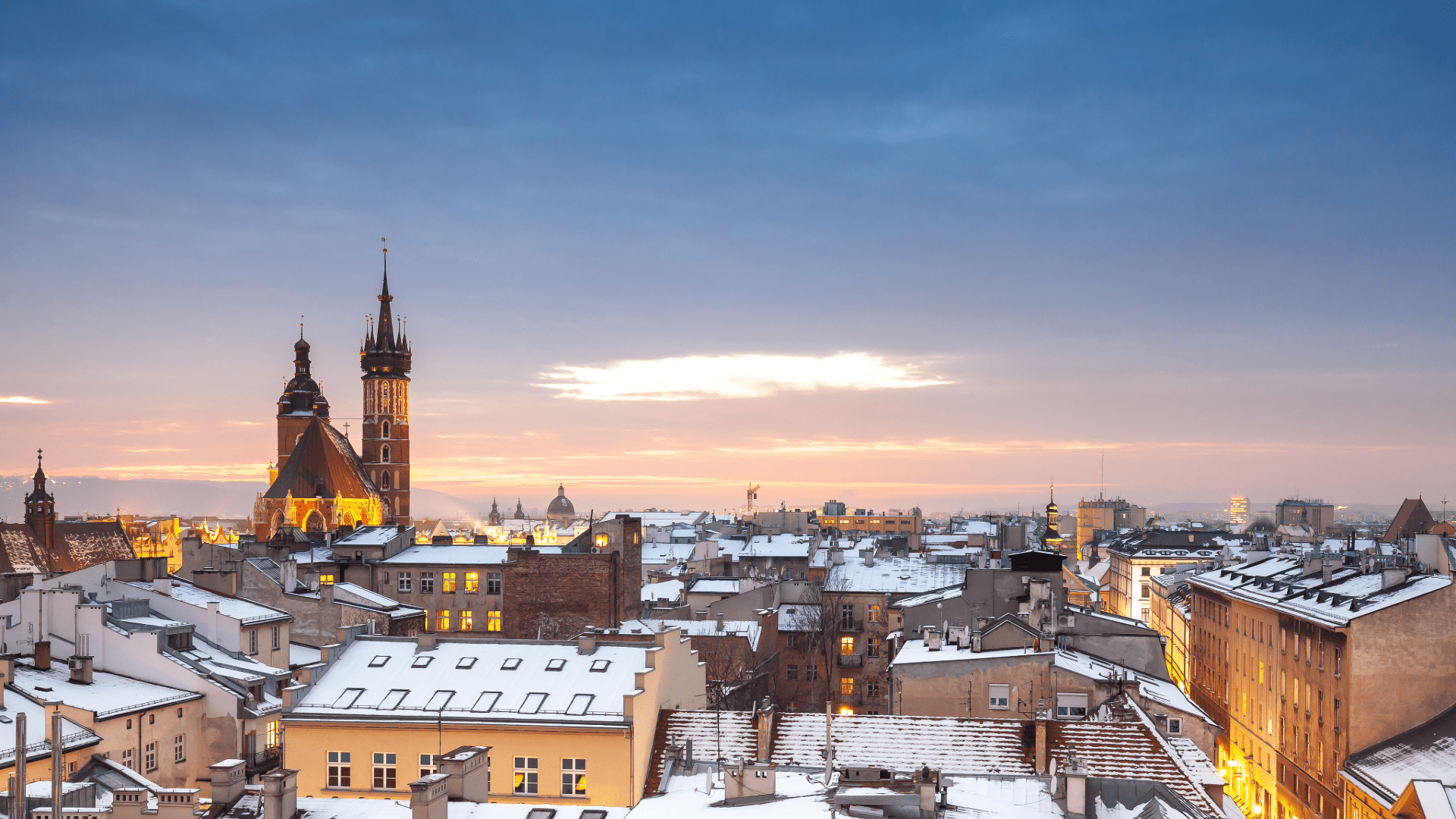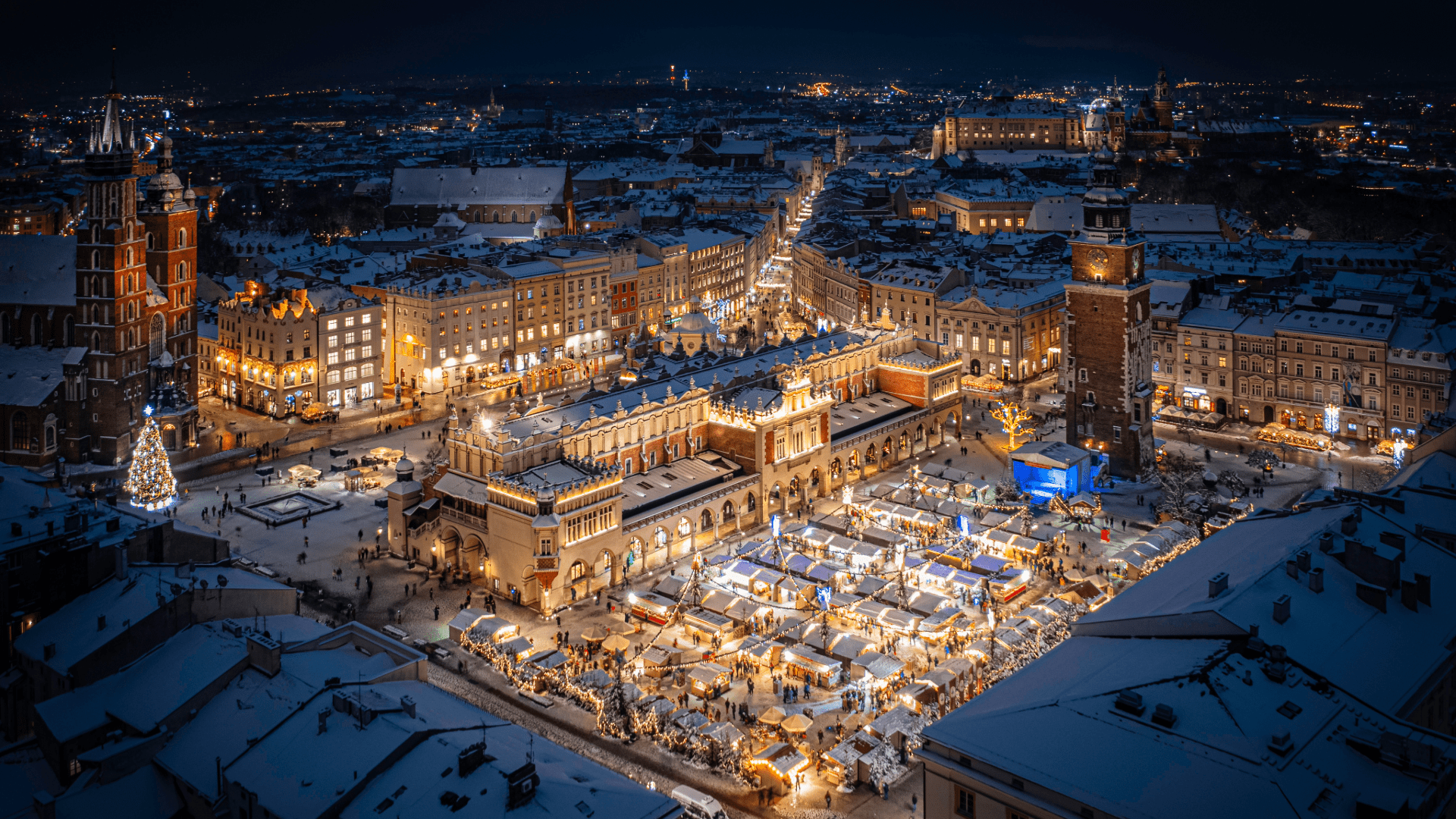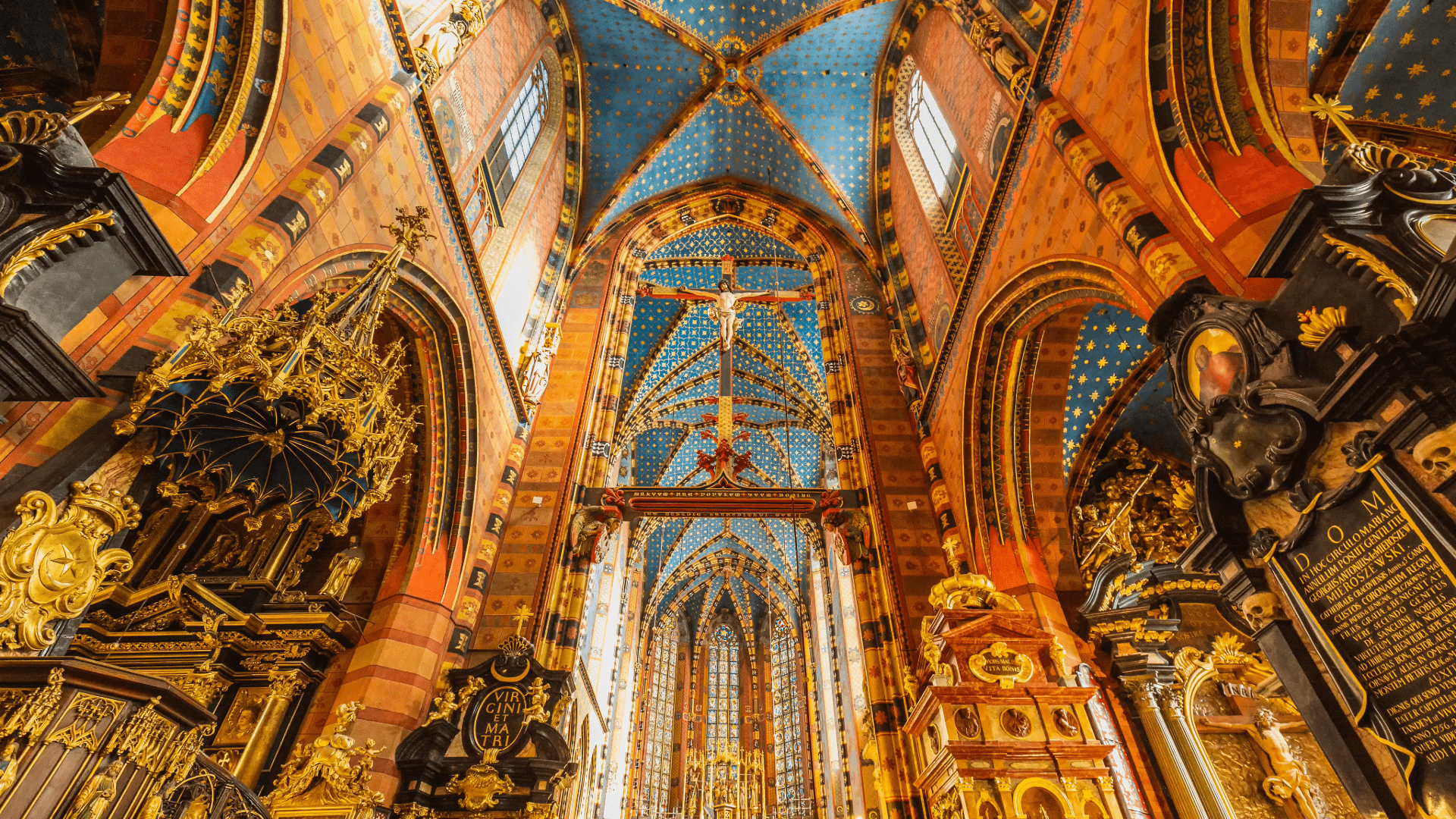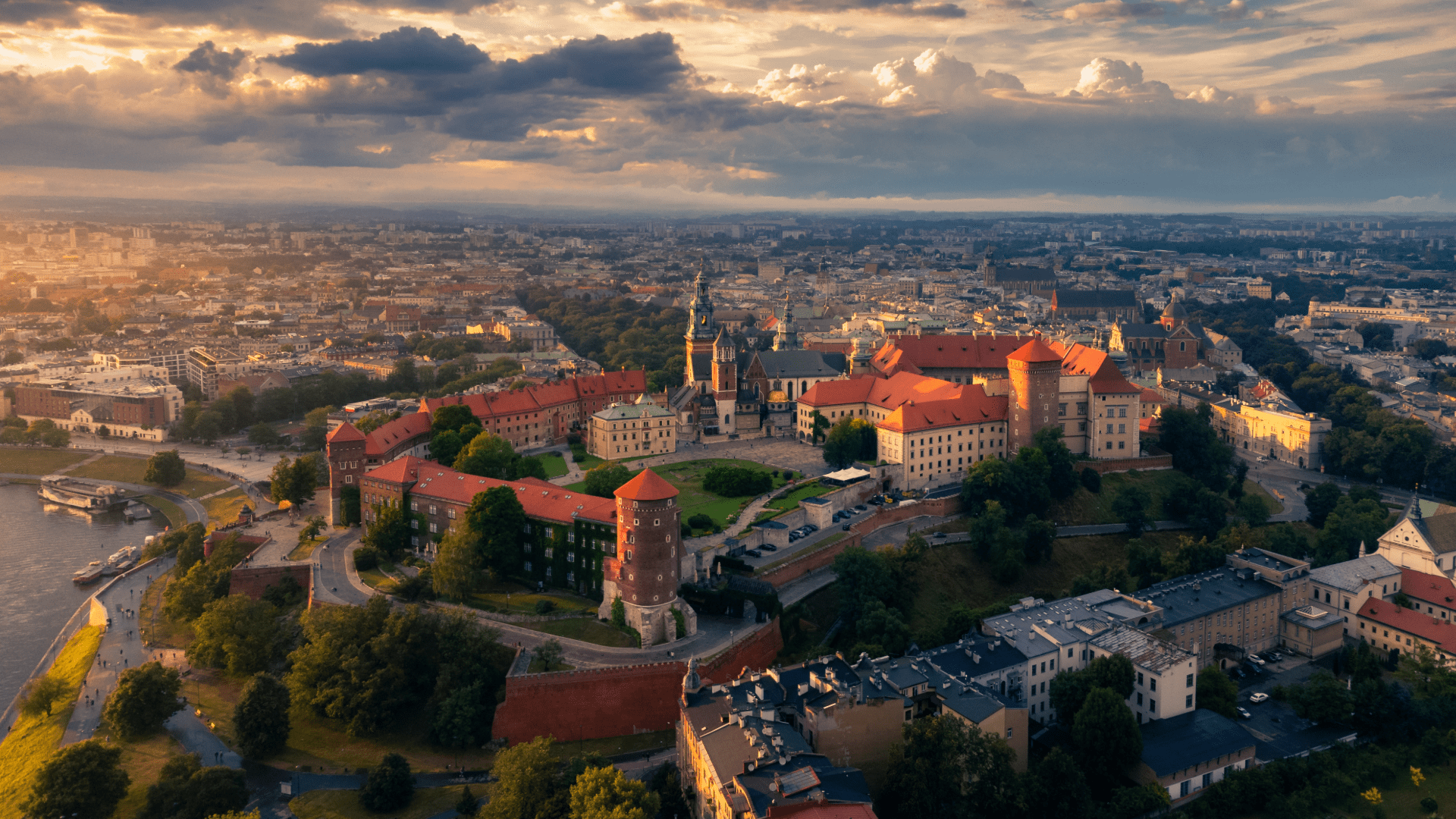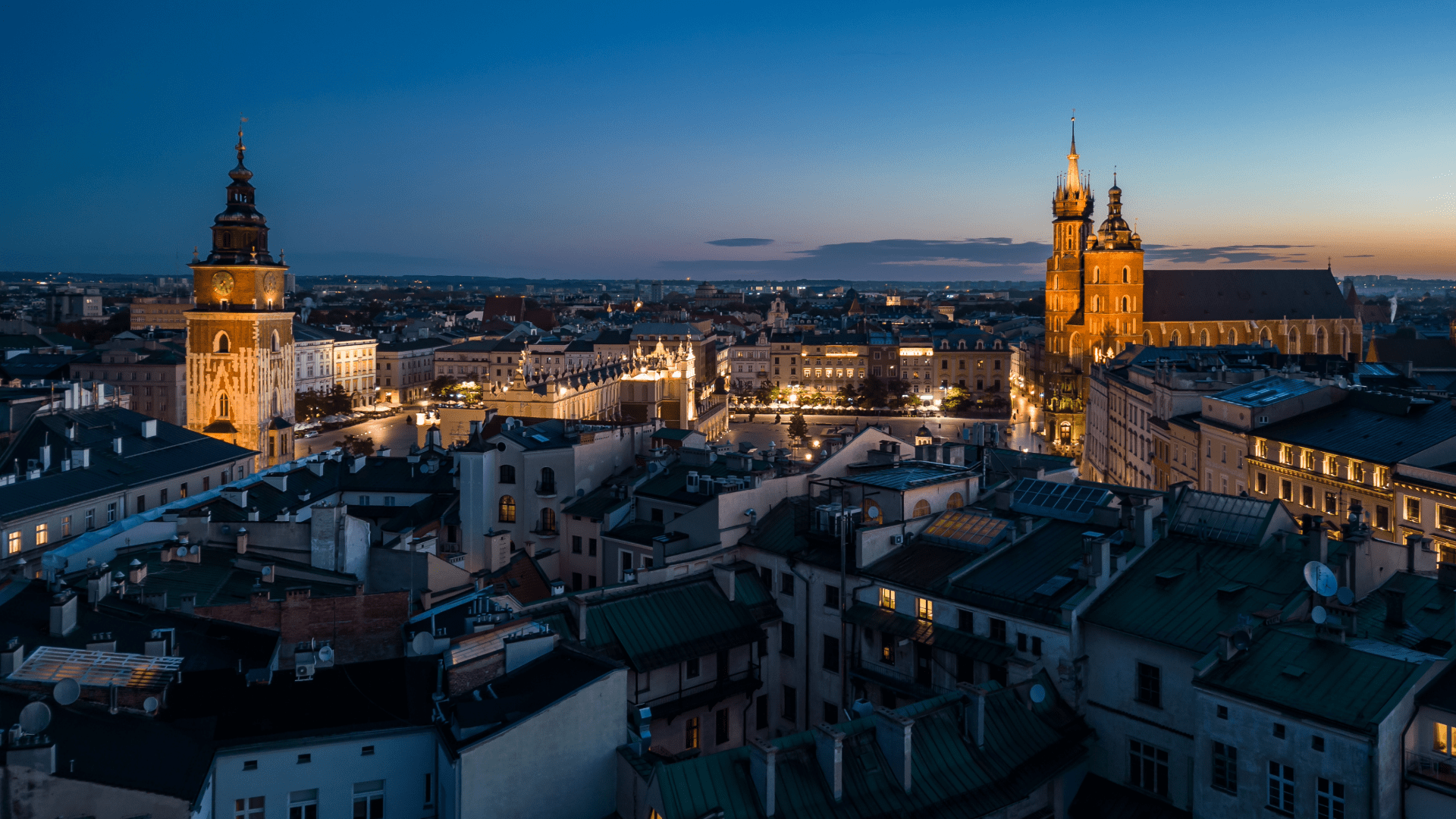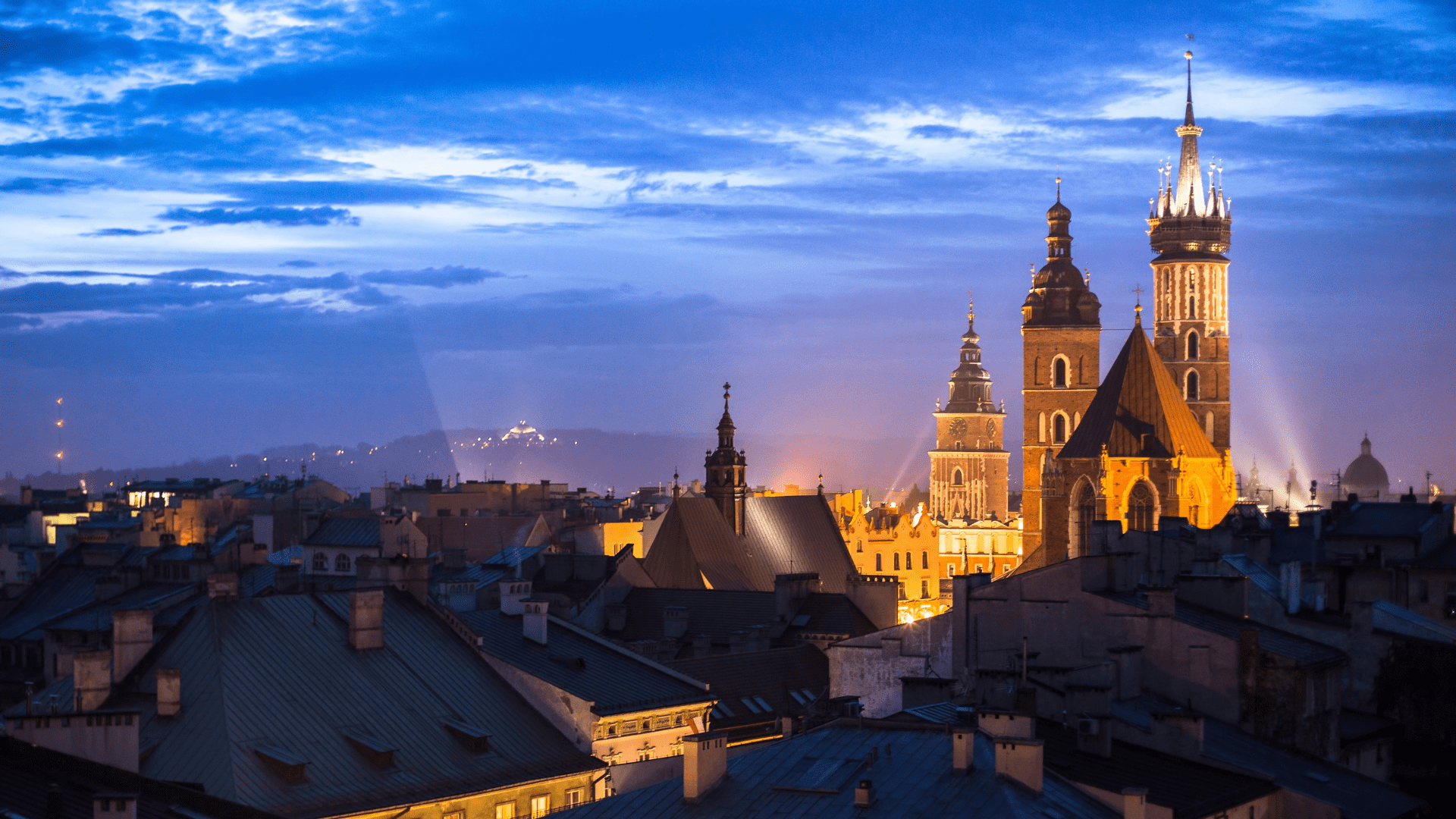Krakow's Legends, Lore, and Lesser-Known Tales
Krakow, a city often celebrated for its majestic Main Market Square and the splendor of Wawel Royal Castle, holds far more than meets the eye. Beyond the well-trodden paths and postcard-perfect views lies a captivating mosaic woven from centuries of legends, lore, and lesser-known stories. This isn't merely a city of historical facts; it's a living storybook where every cobblestone whispers an ancient secret and every alleyway conceals a forgotten myth.
Enduring Echoes of Wawel
The Wawel Dragon
Krakow's most iconic and arguably oldest tale, dating back to the 13th century, is the legend of the Wawel Dragon. The legend tells of a fearsome dragon living beneath Wawel Hill. It terrorized the townspeople and demanded cattle as tribute. In darker versions, the dragon demanded young virgins instead. A humble shoemaker named Skuba (also known as Dratewka) decided to defeat the beast. Skuba stuffed a sheepskin with sulfur, or sulfur and tar. The dragon swallowed it, thinking it was a real sheep. The resulting burning pain caused the dragon to drink water from the Vistula River until it finally exploded.
Today, a famous sculpture of the Wawel Dragon stands at the foot of Wawel Hill, breathing real fire. The Dragon's Den, the cave where the dragon supposedly lived, is also open to visitors.
Did you know?
The "dragon bones" hanging at the entrance to Wawel Cathedral, long believed to be the remains of the mythical creature and a protective talisman, are fragments of a mammoth, a whale jaw, and a woolly rhinoceros skull.
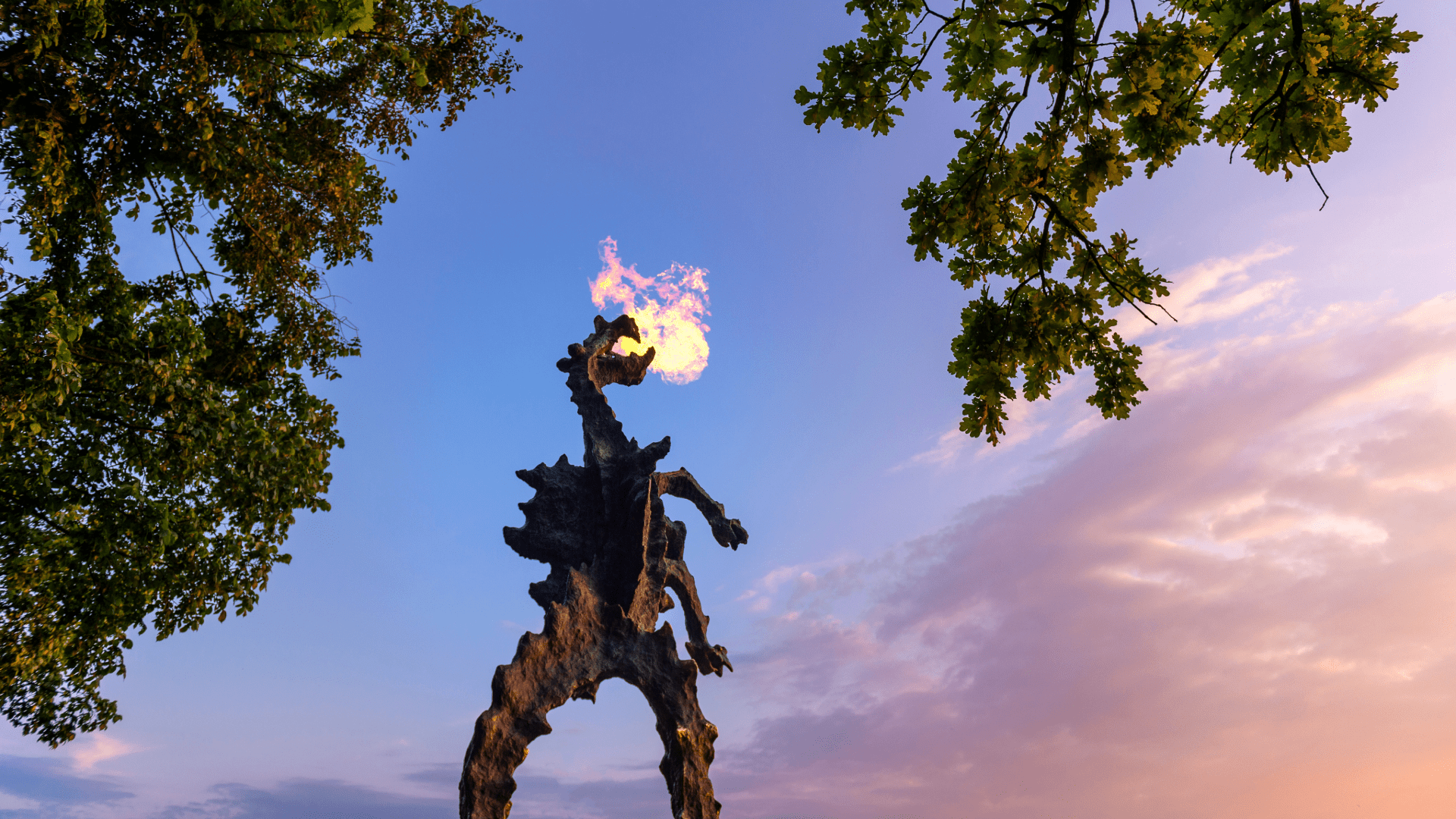
Whispering Wawel Heads
In the Deputies' Hall of Wawel Royal Castle, where the Sejm (parliament) once convened, King Sigismund Augustus once delivered an unjust verdict. Suddenly, one of the carved wooden heads adorning the ceiling moved and declared, "Your judgment, O King, is unjust!"
The startled king reconsidered the case and changed his decision. However, fearing a challenge to his authority, he ordered the sculpture's mouth to be covered. This legend, associated with King Sigismund Augustus from the 16th century, is not just a whimsical tale but also a commentary on justice and power. The speaking head symbolizes supernatural or divine oversight of royal authority, compelling the king to rectify his error.
Did you know?
The carved heads can still be seen in the Deputies' Hall, with the one whose mouth is covered serving as a silent testament to this legendary moment of divine or moral intervention.
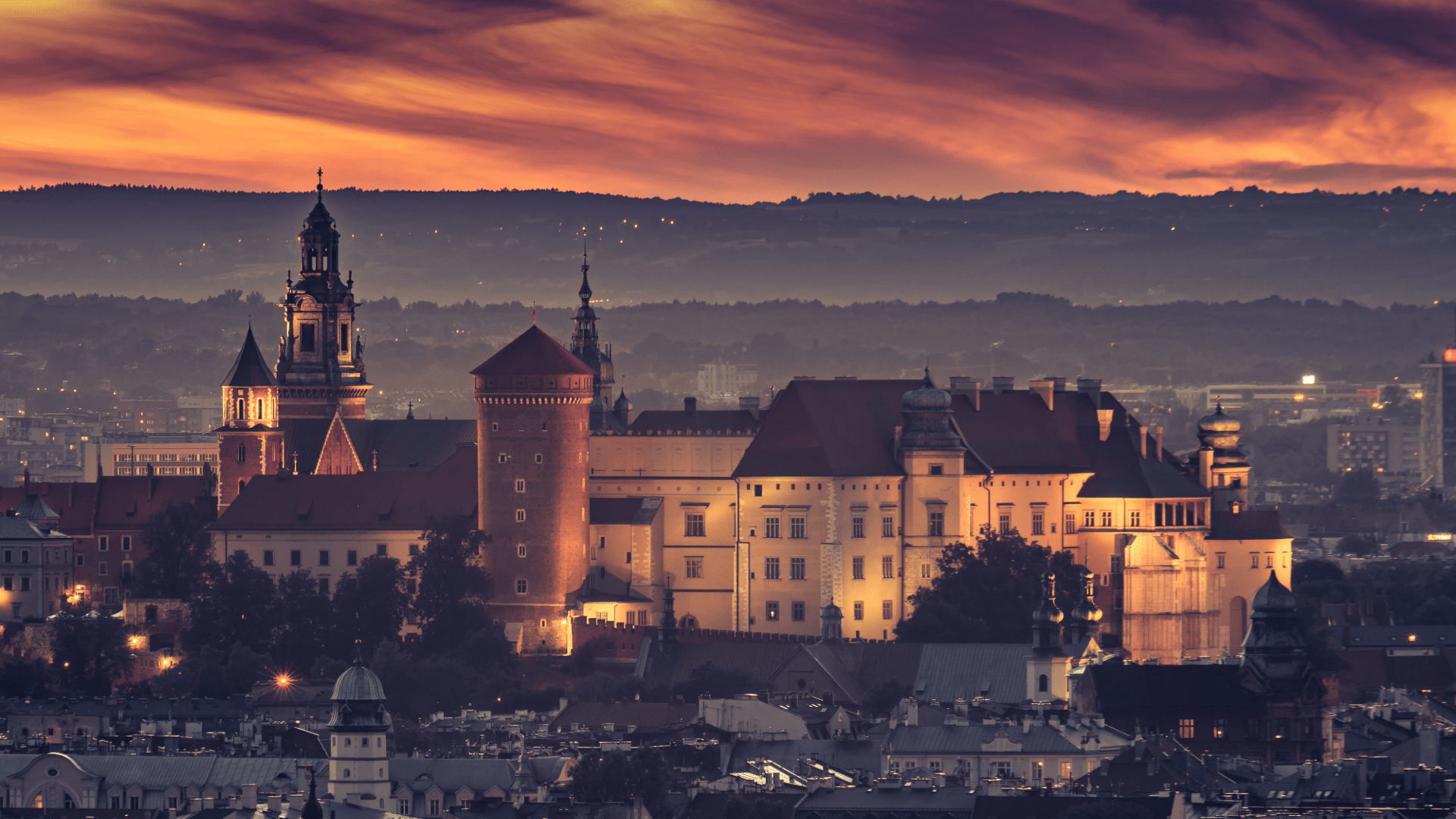
The Dragon's Den Caves
Beneath Wawel Hill lies a vast network of karst caves and rocky corridors. The most famous of them is the Dragon's Den. It stretches around 270 meters in length. A portion of the cave is open to tourists. Stories often mention hidden underground lakes in the caves. However, no large or permanent water basins have been found there. Instead, visitors may encounter temporary puddles, moisture, and water seepages, which are typical of karst environments.
Did you know?
The carved heads can still be seen in the Deputies' Hall, with the one whose mouth is covered serving as a silent testament to this legendary moment of divine or moral intervention.
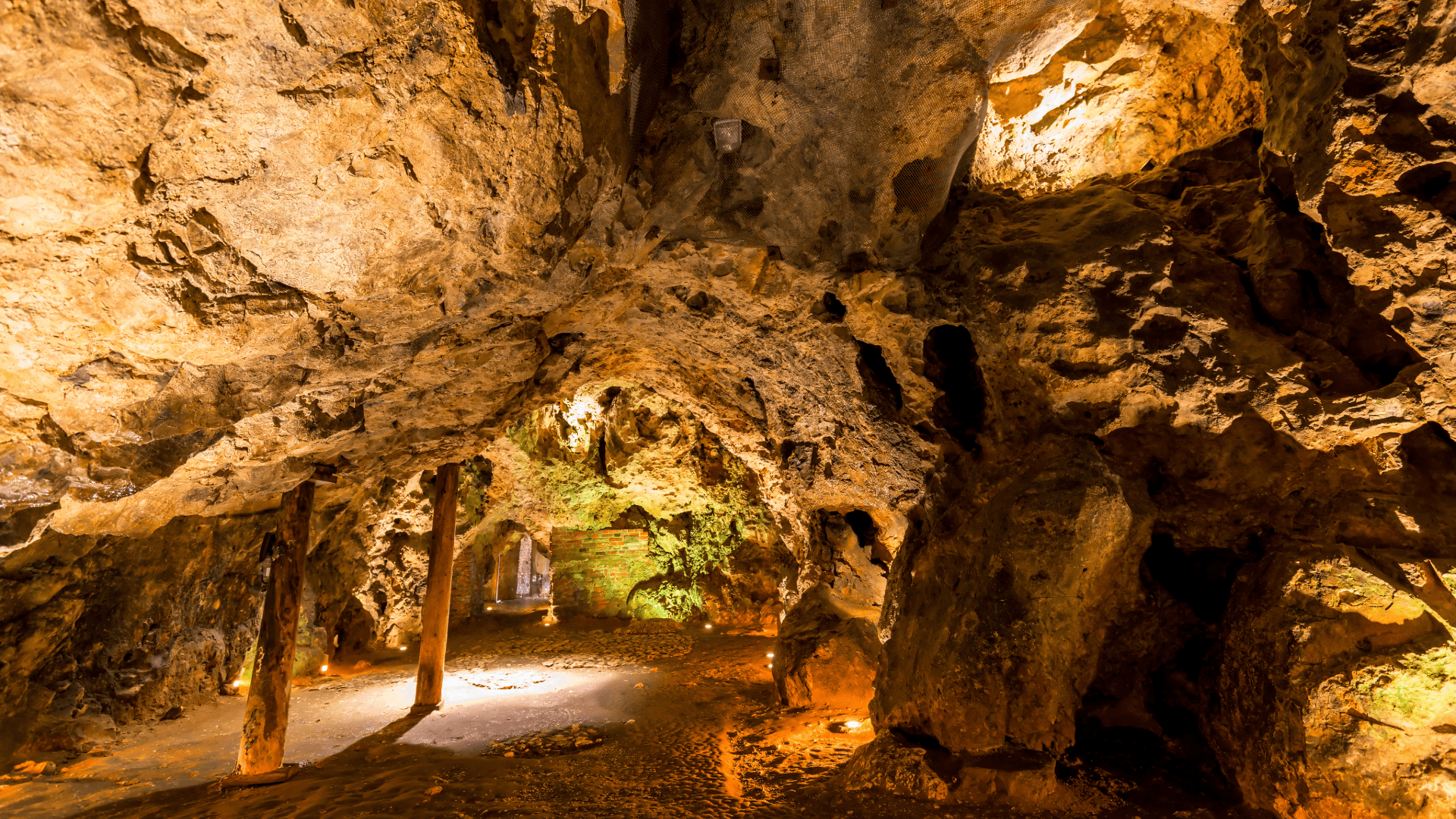
Wawel Alchemy and the Spirit of Barbara Radziwiłłówna
During the 16th and 17th centuries, Wawel and Krakow were significant centers for scientific and esoteric pursuits, with alchemy being a seriously regarded field-a blend of chemistry, medicine, philosophy, and mysticism. The Jagiellonian University even hosted lectures on subjects like astrology, natural philosophy, and medicine, which often intertwined with alchemical practices. King Sigismund Augustus himself was known to be interested in supernatural phenomena and spirituality, particularly after the untimely death of his beloved wife, Barbara Radziwiłłówna.
Legend says King Sigismund Augustus believed alchemist Jan Twardowski could speak with the dead. He ordered Twardowski to summon Queen Barbara's spirit to the castle. Though legendary, the tale reflects real historical fascination with alchemy. It draws inspiration from figures like Johann Georg Faust, a German alchemist. His story helped shape the Polish folklore around Twardowski. Over time, Twardowski's legend became tied to King Sigismund Augustus. It tells of ghostly summons and strange experiments at Wawel Castle.

Living Legends of the Old Town
The Unfinished Symphony of the St. Mary's Trumpeter
From the taller tower of St. Mary's Basilica, the "Hejnał Mariacki" (St. Mary's Trumpet Call) rings out hourly, day and night, to the four cardinal directions. The melody abruptly cuts off at a specific point. Legend attributes this sudden interruption to a 13th-century trumpeter (specifically from 1241) who was warning Krakow of an approaching Tatar (Mongol) invasion. He was struck in the throat by an enemy arrow before he could finish the melody. His sacrifice alerted the city's defenders.
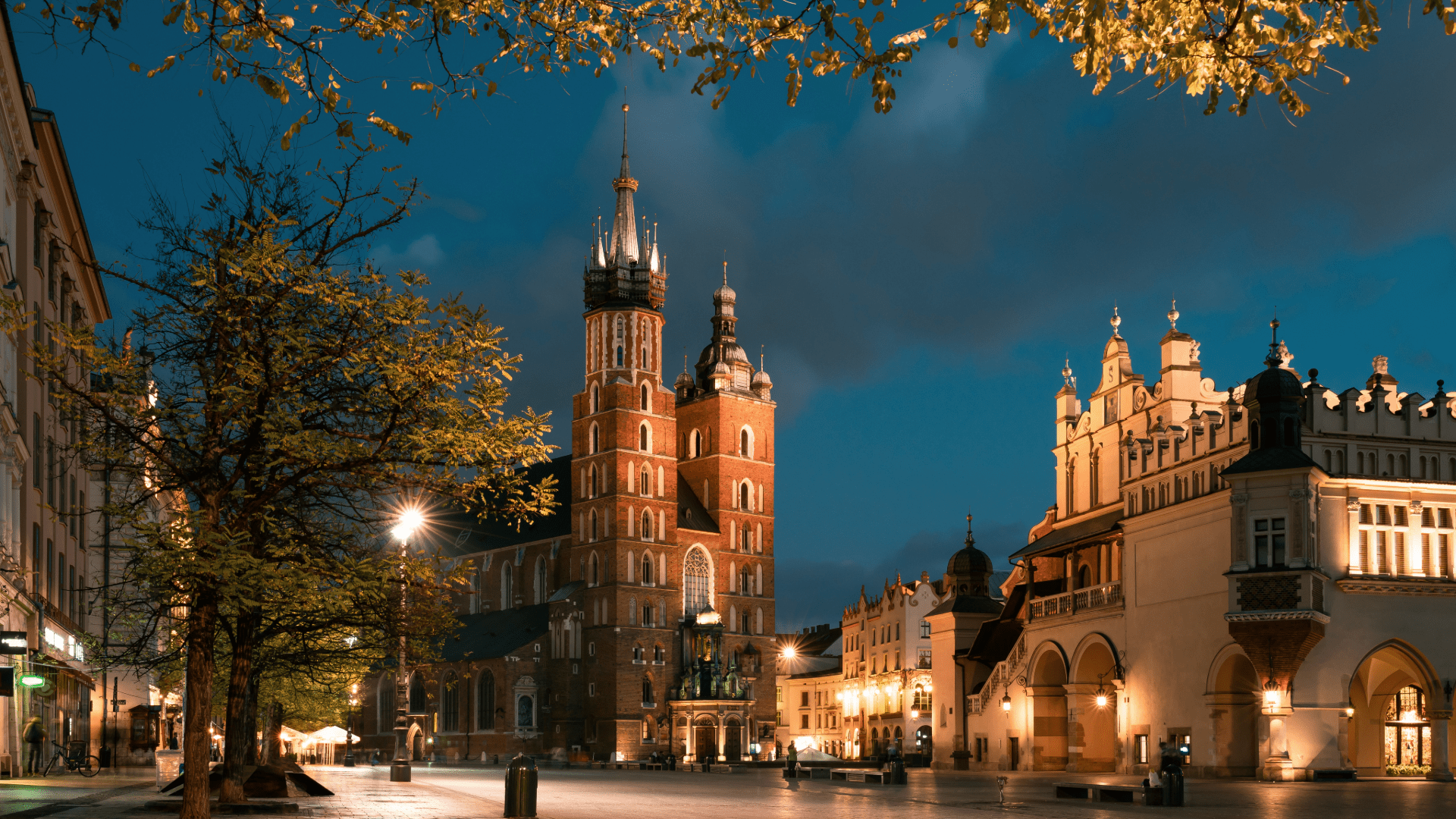
The Rival Towers of St. Mary's Church
St. Mary's Basilica is unique for its two towers of unequal height. Legend explains this architectural anomaly as the result of a bitter rivalry between two brothers, both master masons, who were commissioned to build them.
The older brother, consumed by envy that his younger brother's tower might be more beautiful, murdered him with a dagger. Tormented by remorse, he later threw himself from his tower, dying on the day of its consecration. The unequal towers are a clear visual anomaly. Instead of a prosaic architectural explanation, the legend provides a dramatic, human story involving envy, murder, and guilt. This illustrates how people imbue physical structures with emotional narratives to explain their unique features.

The Enchanted Pigeons of Krakow
The ubiquitous pigeons in Krakow's Main Market Square are more than just birds. One popular legend claims they are enchanted knights of Prince Henryk IV Probus from the 13th century.
The prince needed money to unite Poland and claim the crown. A sorceress advised him to turn his army into pigeons. The birds would peck stones from St. Mary's Church walls. Each fallen stone would magically turn into a gold coin. Henryk gathered the gold but wasted it all on his journey. He never returned to Kraków from Rome. His loyal knights remained cursed as pigeons, still waiting for his return. Pigeons are a common sight in any city square. In Krakow, however, they gain legendary status, embodying themes of loyalty, unfulfilled ambition, and even dark magic.
Did you know?
A darker legend tells of the sorceress Marcysza, captured by the Tatars. She gave them a cruel idea to attack Kraków. Marcysza told them to feed the pigeons peas soaked in vodka. Then, she said to cover the birds in tar. After that, the Tatars were to set the pigeons on fire. The burning pigeons would fly into the city, spreading flames. This would make it easier for the Tatars to invade Kraków. The sorceress then escaped, and the Tatars, fearing her ingenuity and possible connections to the devil, retreated from the siege.
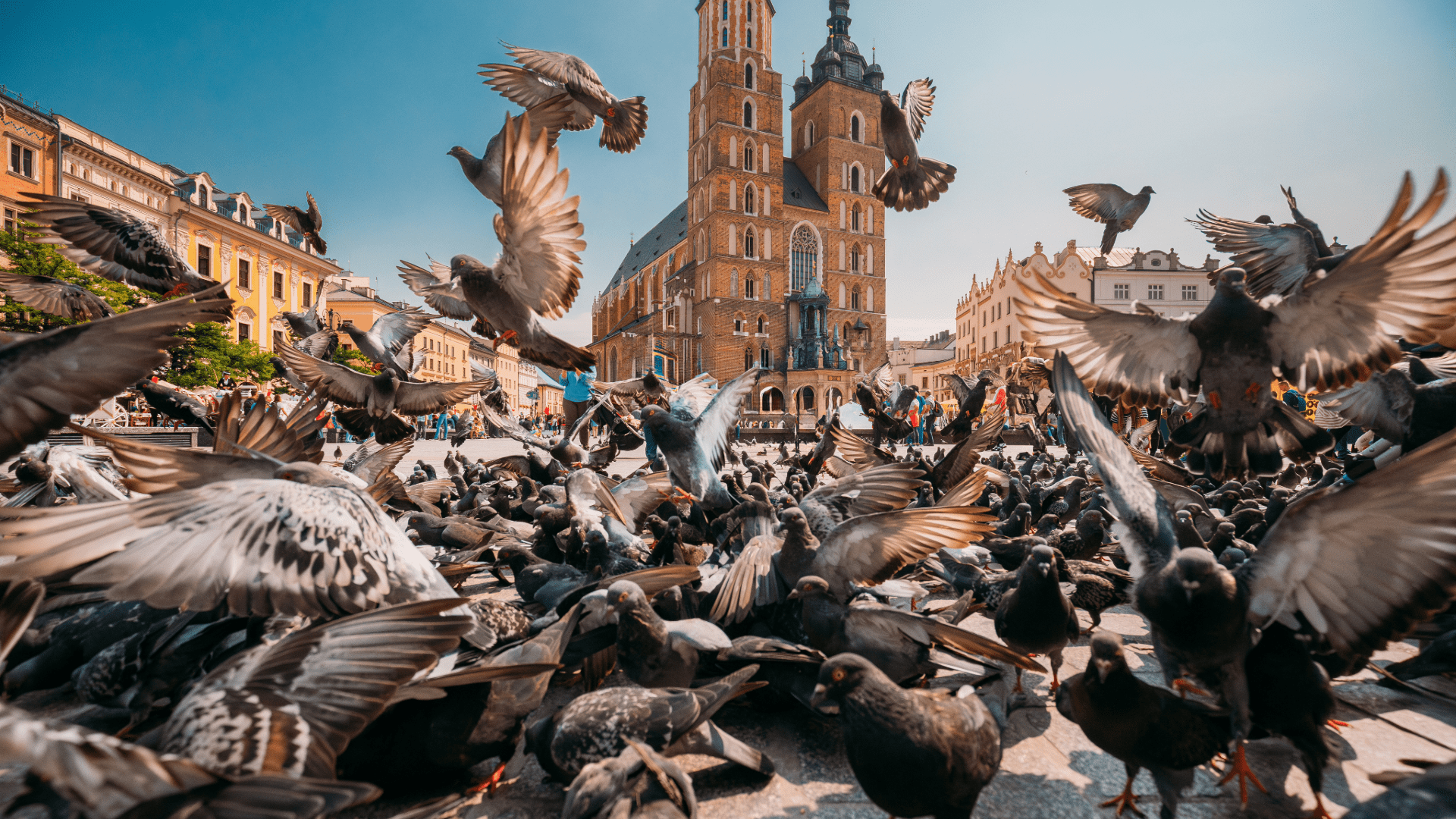
Lajkonik
Lajkonik is a bearded horseman in Tatar costume who annually parades through the streets of Krakow, striking passersby with his mace to bring them good fortune and prosperity. The popular tale links him to a 13th-century victory over the Tatars, when Krakow's inhabitants dressed in captured Tatar attire to celebrate their triumph. However, Lajkonik, or "Konik Zwierzyniecki" as he is officially known, most likely originates from medieval folk festivals held during the Octave of Corpus Christi and has little to do with the Tatars.
Did you know?
On June 26, 2025, the Lajkonik entourage will follow its traditional route from Zwierzyniec to the Main Market Square, culminating in the evening with Lajkonik meeting city officials and toasting to Krakow's prosperity.
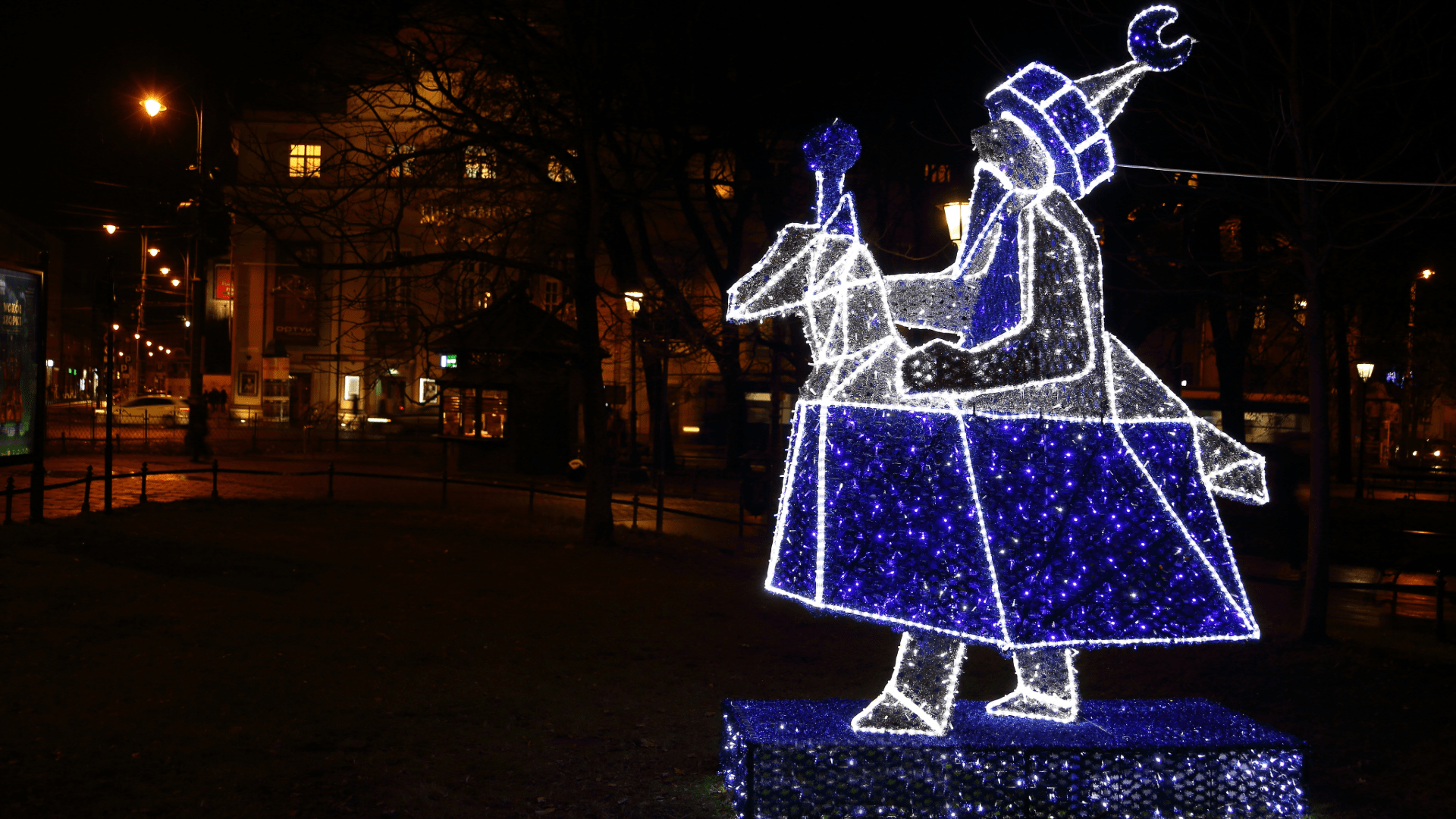
Uncovering Krakow's Quirky and Unusual Tales
Krakow's Sorcerer Trapped on the Moon
Pan Twardowski is a legendary scholar and sorcerer who, desiring infinite knowledge and power, made a pact with the devil. The contract, written on a bull's hide in his blood, stipulated that Twardowski would surrender his soul to the devil in Rome.
Twardowski famously outwitted the devil. When the fiend appeared in an inn called "Rome," Twardowski threw salt in his eyes, blinding him. He then jumped out the window onto his flying rooster and soared into the sky, laughing in triumph. But as he leaned out to mock the devil, he didn't see the thread tied to the rooster's leg - held by the devil below. With a sharp tug, Twardowski fell. Luckily, his cloak caught on the moon's horn. He climbed up, sat astride it, and looked around with joy.
Legend says he remains there to this day. His loyal servant, transformed into a spider, is said to descend on a silk thread under Krzysztofory Palace once a month to gather gossip for his master.
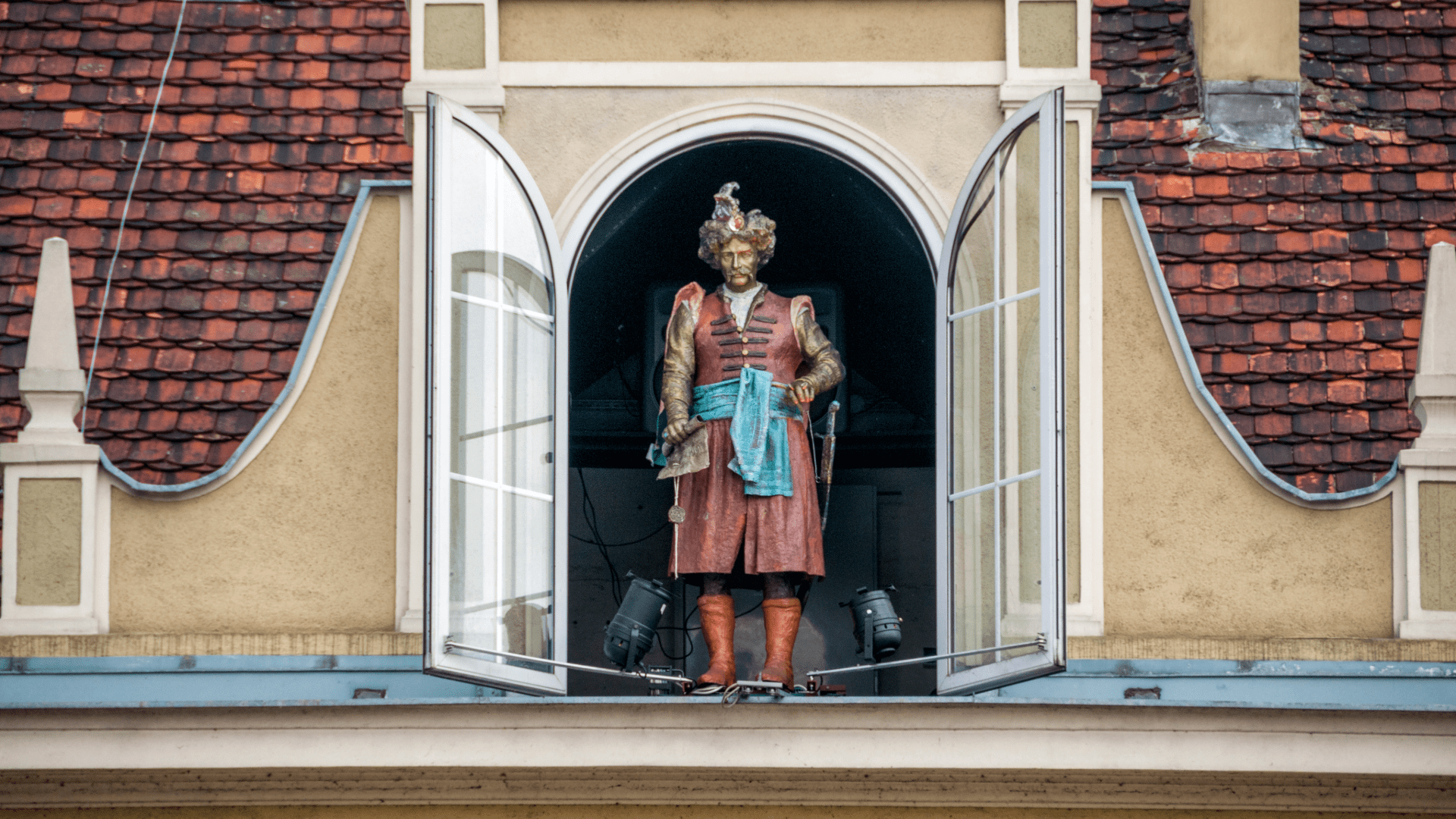
Treasures Under Krzysztofory Palace
Beneath Krzysztofory Palace on the Main Market Square, at the intersection with Szczepańska Street, lies a true labyrinth of cellars and corridors, rumored to stretch beneath the entire Market Square to St. Mary's Church. Legend has it that within these dungeons, an alchemist, seeking the Philosopher's Stone, made a pact with the devil to create gold.
One day, a young cook preparing broth was chasing a runaway rooster, which suddenly transformed into a horned devil. Before her eyes, a vast treasure appeared. The devil allowed her to take the gold on the condition that she would not look back as she exited. However, when the cook glanced behind her while leaving the labyrinthine cellars, the doors slammed shut, severing her heel. The repentant alchemist, who had made the pact, later funded a statue of St. Christopher, from whom the palace took its name.

Other Krakow Dragons
While the Wawel Dragon is famous, Krakow is home to other "dragons." One stands on the border of Krzesławice hills, on Orlińskiego Street. A third "dragon," often mistakenly identified as such, is an alligator that escaped from a circus in the 19th century and is now housed in the Zoological Museum.
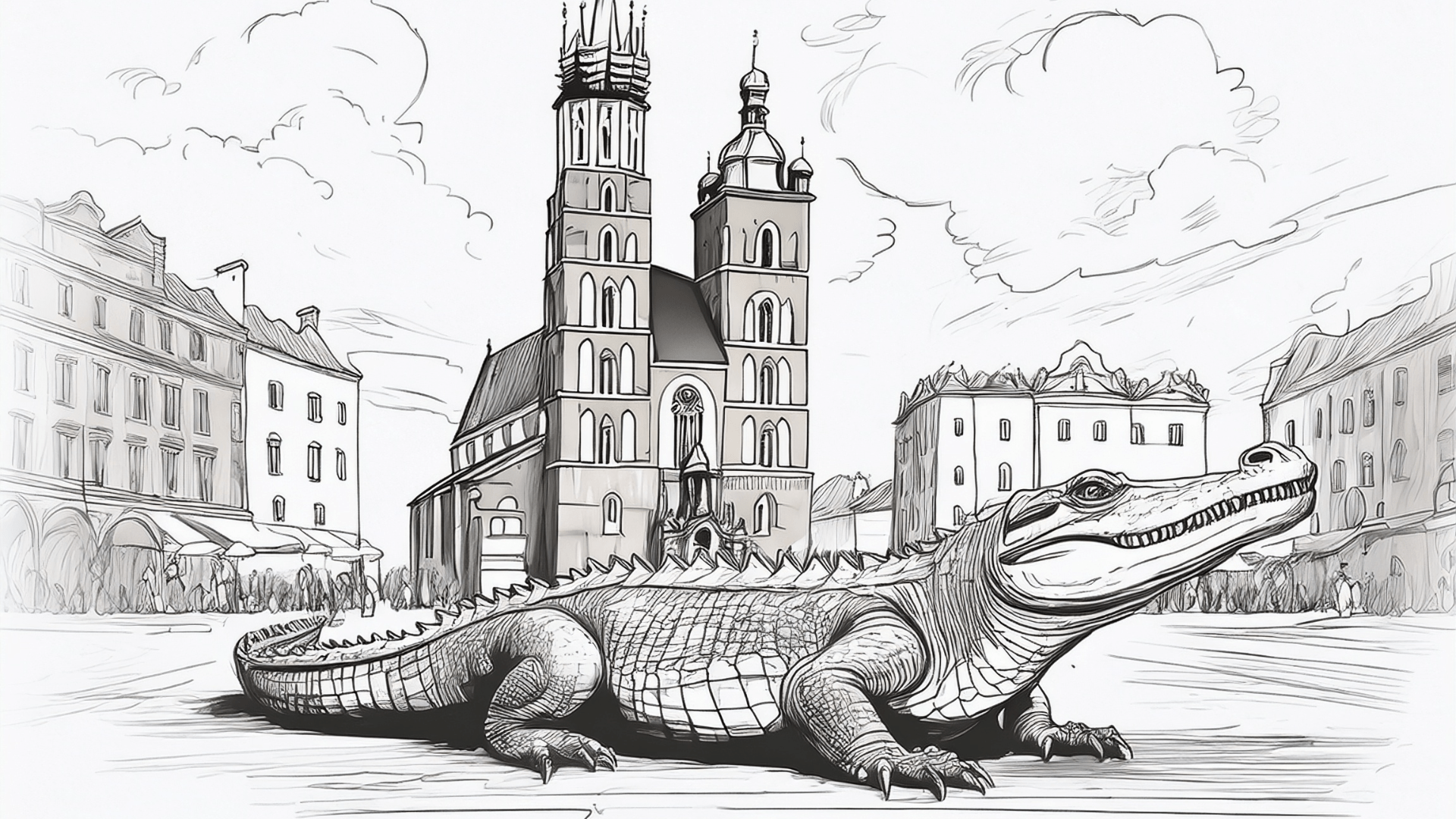
The Fountain of Knowledge
In the courtyard of Collegium Maius at Jagiellonian University, near the clock, there is a fountain. Legend has it that water from this fountain, when applied to the forehead, bestows knowledge and wisdom.
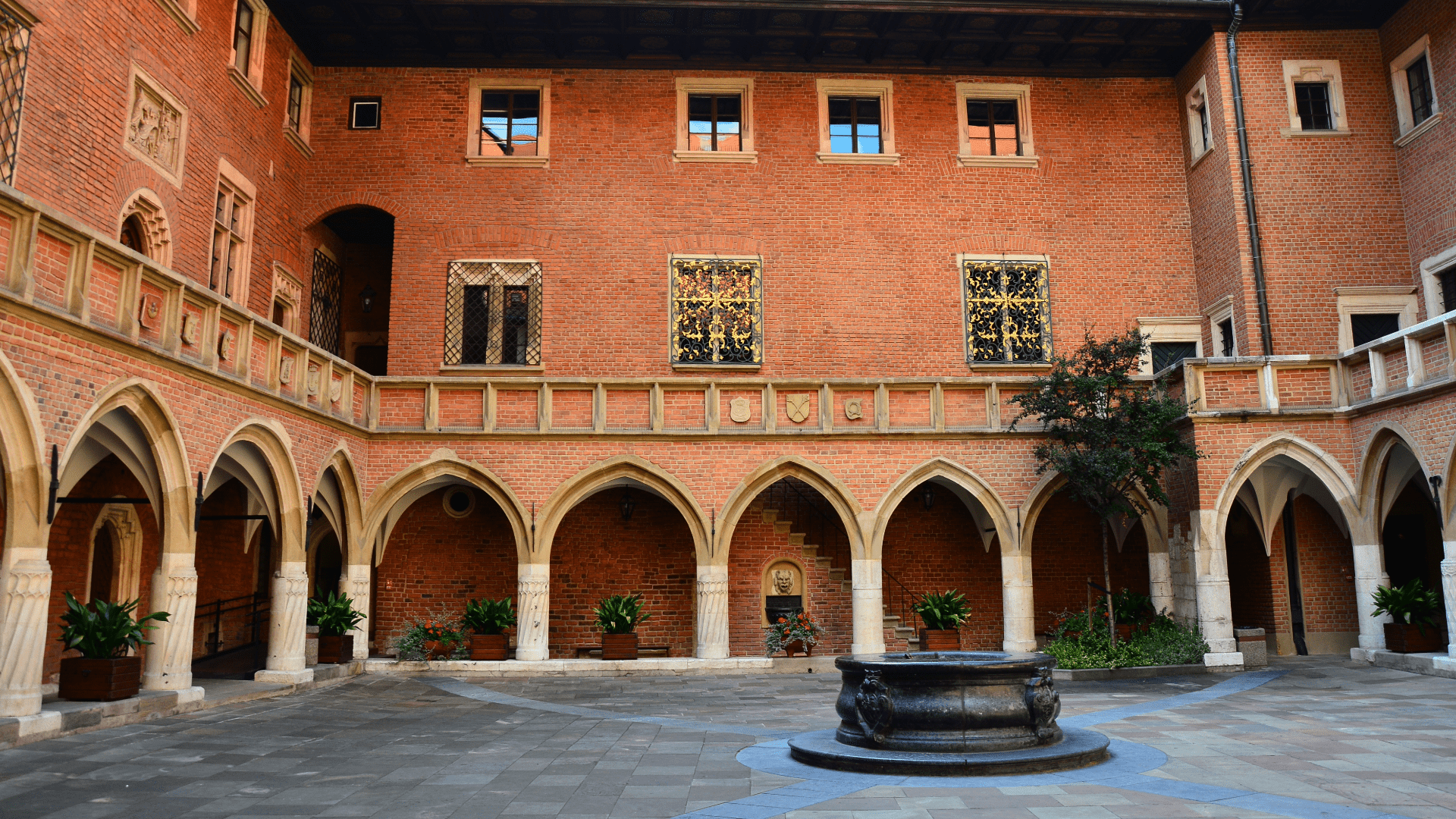
Uncover the City's Secrets with #HelloCracow
Krakow is more than just a city; it is a vibrant tapestry of history, myths, and hidden wonders. From the fiery breath of the dragon to the quiet wisdom of the fountain, from ancient tales to quirky, modern "firsts" - every corner whispers a story waiting to be heard. Let Hello Cracow be your guide to these enchanting legends and lesser-known tales. Our expert-led tours are crafted to bring these stories to life, offering a truly unforgettable and immersive journey into the heart of this magical city.
Ready to uncover Krakow's secrets? Book your unique adventure with Hello Cracow today and discover the whispers of the past for yourself!

